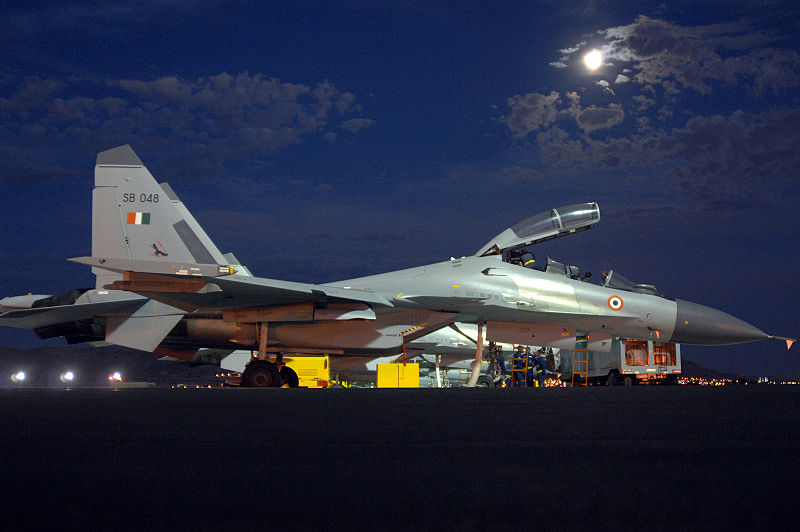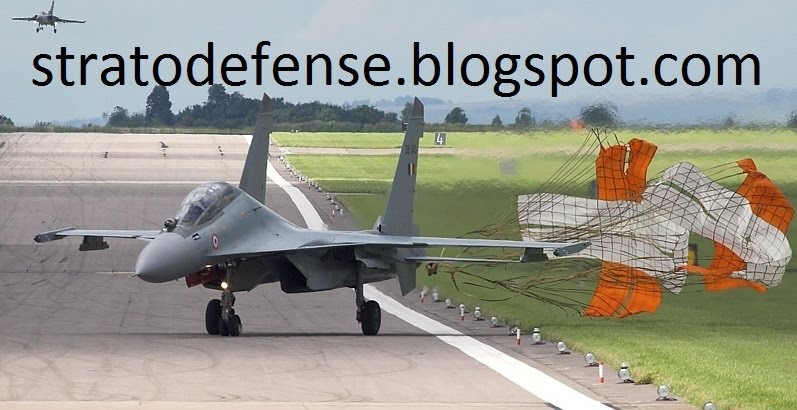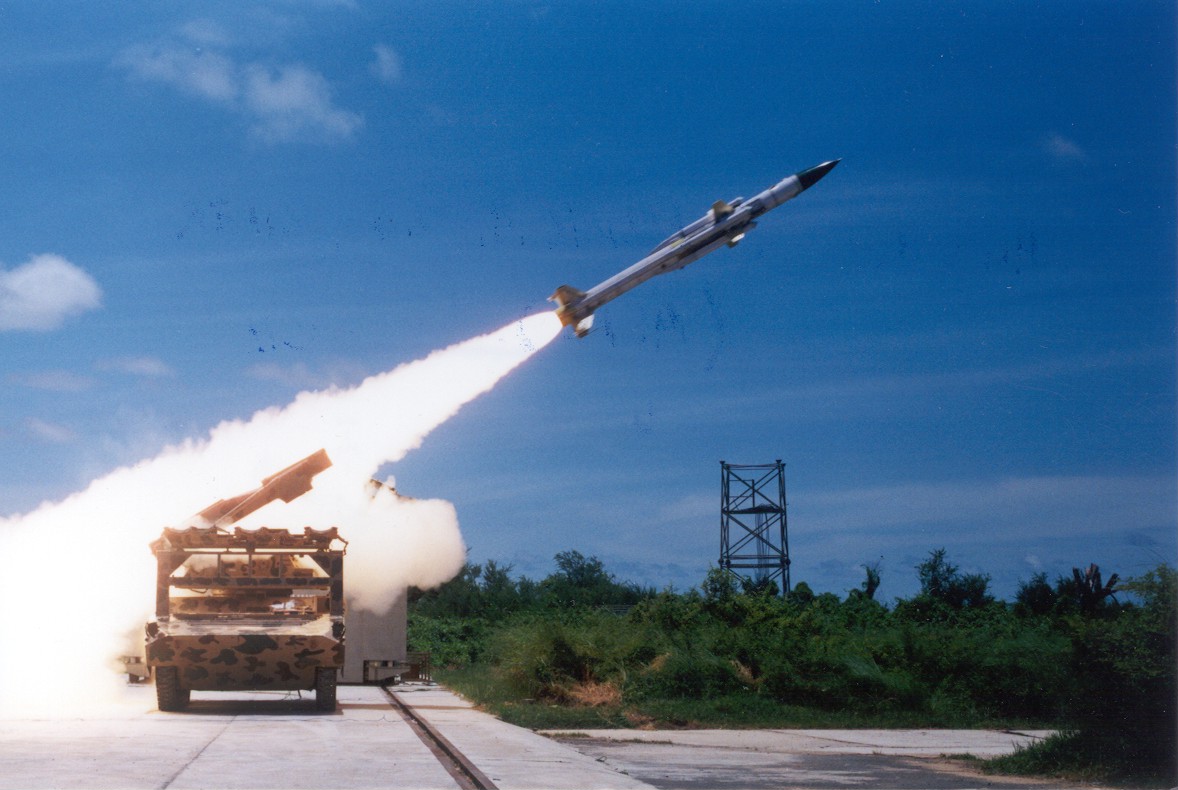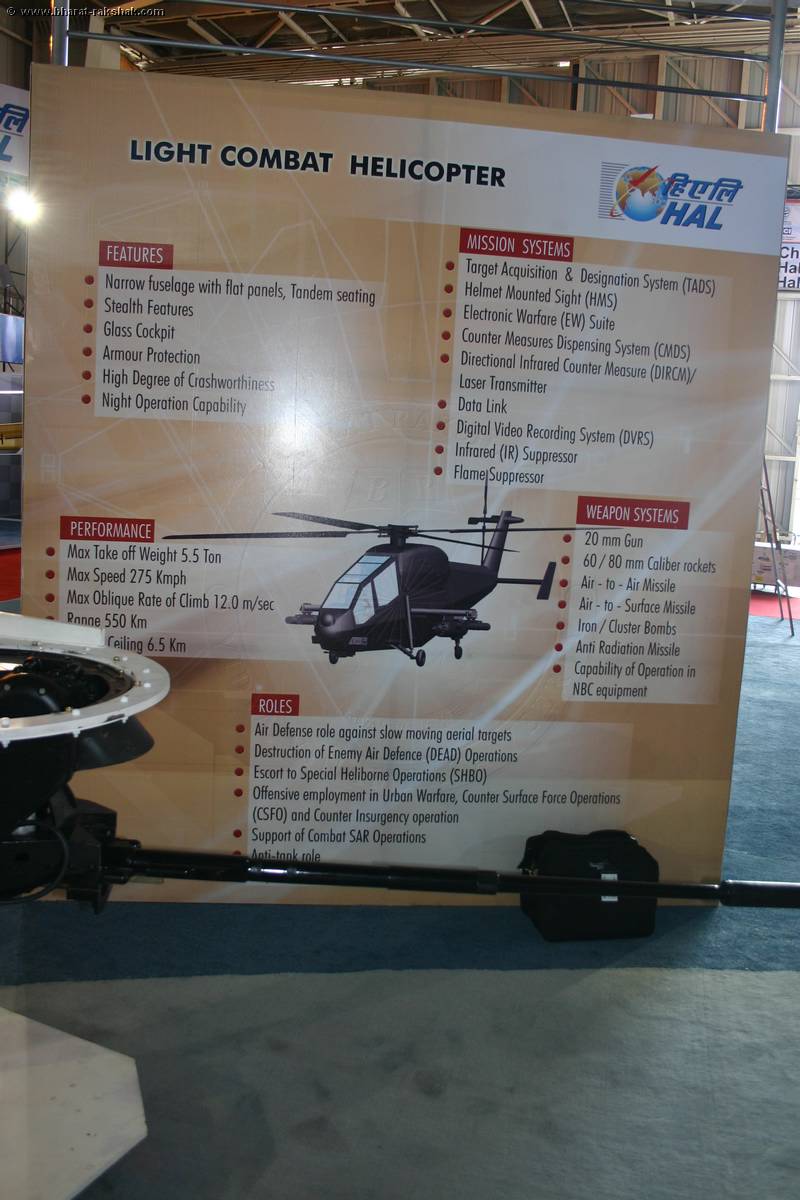
Su-30MKK 503(yellow)
Crew: 2
Unit cost: US $53 million
Max takeoff weight: 34,500 kg
Powerplant: 2× Lyulka AL-31F turbofans, 123 kN (27,600 lbf)[9] each
Maximum Speed : Never exceed speed: Mach 2.5
Radar: 1 × NIIP N001VEP fire-control radar (PESA)
Role: All-weather, long-range strike fighter
Range: 3,000 km
Thrust/weight: 1
Rate of climb: > 305 m/s
+ jointly developed by Russia and China
+ M400 reconnaissance pod developed by china be used to detect the blind spot behind the aircraft to provide targeting information for rearward-firing air-to-air missiles, but this capability has not been utilized by the Chinese yet.
 SU-30 MKI (IAF)
SU-30 MKI (IAF) 
Crew: 2
Unit cost: US $40 million ★
Max takeoff weight: 38,800 kg (85,600 lb) ★
Powerplant: 2× Lyulka AL-31FP turbofans with thrust vectoring, 131 kN (29,449 lbf) each★
Maximum speed: Mach 2.35
Radar: N011M Bars (Panther) (PESA)
Role: Multi-role aircraft
Range: 5,000 km and 8,000 km at a cruise height of 11 to 13 km with air refueling system
Thrust/weight: 1.07 (at loaded weight & 1.15 with 50% fuel) ★
Rate of climb: > 355 m/s ★
+ canard increases the aircraft lifting ability and allow high angle-of-attack (AoA) ★
+ avionics sourced from Russia, France, Israel and India
+ radar range of 60 km in the rear hemisphere ★
+ N011M has a 350 km search range and a maximum 200 km tracking range The radar can track 15 air targets and engage four simultaneously. These targets can even include cruise missiles and motionless helicopters. The Su-30MKI can function as a mini-AWACS as a director or command post for other aircraft. The target co-ordinates can be transferred automatically to at least four other aircraft. The radar can detect ground targets such as tanks at 40–50 km.
+ A modified Su-30MKI is being used to carry BrahMos cruise missiles with range of 300 km.★
+N011M can function in air-to-air and air-to-land/sea mode simultaneously while being tied into a high-precision laser-inertial or GPS navigation system.★
+built-in single-barrel GSh-301 gun
CONCLUSION
Even though both MKK and MKI are good fighters, MKK has the upper hand in all aspects.
MKI out performs MKK in maneuverability with its canards and thrust vectoring engines.
MKI has superior range compared to MKK (3,000 km vs 5,000 km and 8,000 km at a cruise height of 11 to 13 km with air refueling system ).So for me MKI is the winner, have your say..


































